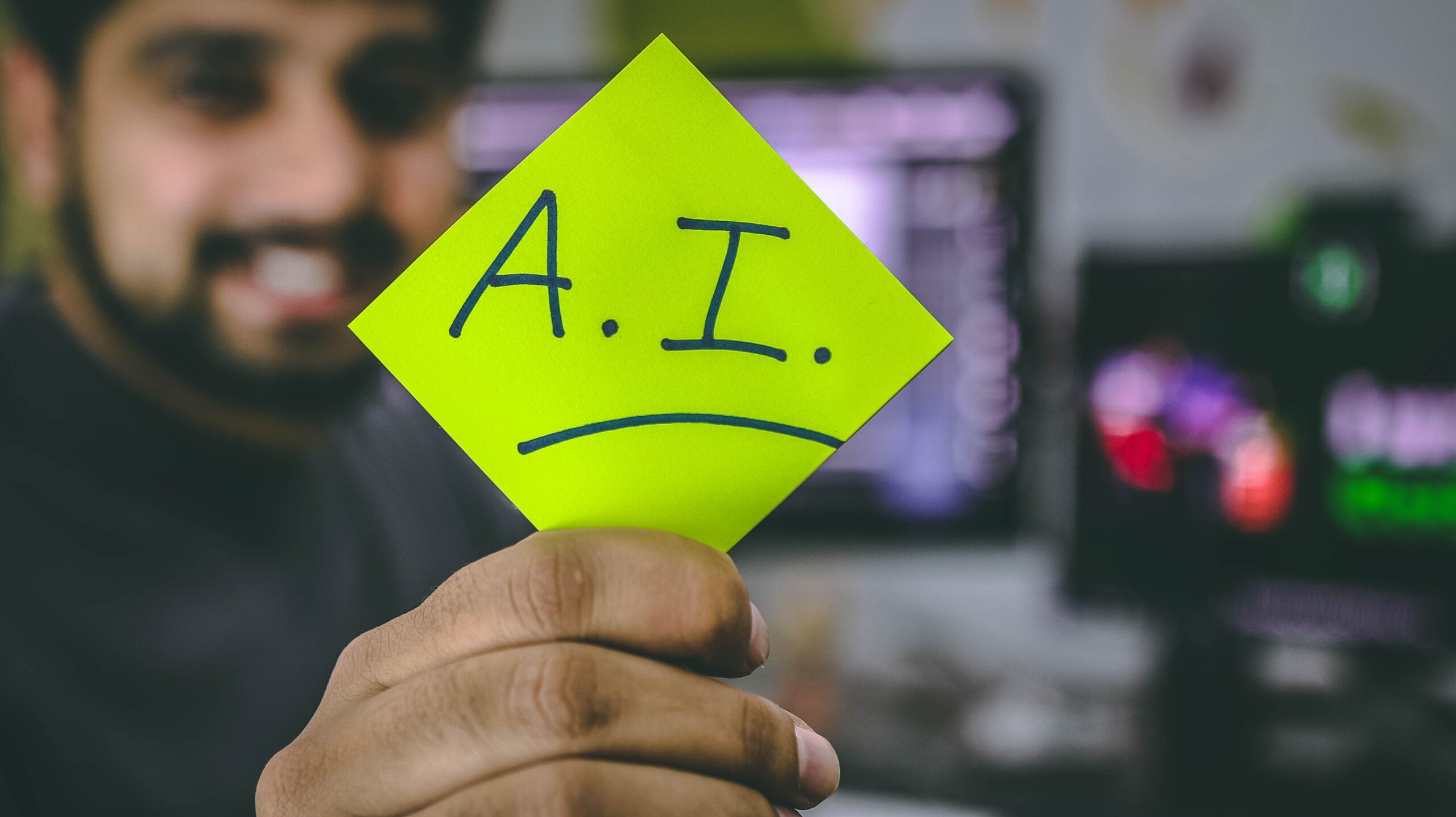From intelligent sensors that help us take pictures to parking features in our cars, Artificial Intelligence (AI) of one kind or the other is around us today.
Digital learning solutions equipped with artificial intelligence are making revolutionary changes to the way education is imparted in students with varied interests and capabilities.
Education sets the foundation for human behavior. The educational ecosystem is formed by the knowledge base, teaching skills and experience, learning capability, and evolving teaching methods.
Digital learning solutions equipped with artificial intelligence are making revolutionary changes to the way education is imparted in students with varied interests and capabilities.
From kindergarten to graduate school, one of the key ways artificial intelligence will impact education is through the application of greater levels of individualized learning. These systems respond to the needs of the student, putting greater emphasis on certain topics, repeating things that students haven’t mastered, and generally helping students to work at their own pace, whatever that may be.
These programs can teach students fundamentals, but so far aren’t ideal for helping students learn high-order thinking and creativity, something that real-world teachers are still required to facilitate.
Artificial intelligence could offer students a way to experiment and learn in a relatively judgment-free environment, especially when AI tutors can offer solutions for improvement. In fact, AI is the perfect format for supporting learning, as AI systems themselves often learn by a trial-and-error method.
While major changes may still be a few decades in the future, the reality is that artificial intelligence has the potential to radically change just about everything we take for granted about education.
As AI educational solutions continue to mature, the hope is that AI can help fill needs gaps in learning and teaching and allow schools and teachers to do more than ever before. AI can drive efficiency, and personalization and streamline admin tasks to allow teachers the time and freedom to provide understanding and adaptability. Since the students of today will need to work in a future where AI is the reality, it’s important that our educational institutions expose students to and use the technology.
Artificial intelligence tools can help make global classrooms available to all including those who speak different languages or who might have visual or hearing impairments.
This also opens up possibilities for students who might not be able to attend school due to illness or who require learning at a different level or on a particular subject.
Apart from the core teaching role, teachers often handle several mundane administrative responsibilities such as student attendance management. This reduces the efficiency and effectiveness of teaching. However, artificial intelligence allows the automation of these tasks so that teachers can play their real role- to be the motivator and guiding force for learners. This could lead to a significant rise in the quality of education and reshape the future.
Feedback, that is, students’ assessment of teachers, has a century-long history. Despite the shift from paper to online surveys, little to no progress has been made in the feedback look area. Since student evaluation of teaching is often the most valuable source of information, it is obvious that it needs to be elevated.
Thanks to modern technologies, such as AI-driven chat robots, machine learning, and natural language processing, there are many interesting opportunities for improving the quality of feedback.
AI StartUps in Education:
- Century Tech’s platform utilizes cognitive neuroscience and data analytics to create personalized learning plans and reduce workloads for instructors. The AI platform tracks student progress, identifies knowledge gaps and offers personal study recommendations and feedback. Century also gives teachers access to resources and reduces time spent planning, grading and managing homework.
- Blippar’s products combine computer vision intelligence technology and augmented reality to enhance the way students learn in the classroom. The interactive materials bring subjects like geography, biology, and physics to visual space. For example, instead of reading about a volcanic eruption, the system shows students a virtual 3-D model of the eruption process.
- Knewton creates adaptive learning technology for higher education. Its program, called Alta, helps identify gaps in a student’s knowledge, provides relevant coursework and places students back on track for college-level courses.
- Quizlet is an online destination for studying and learning tools. The company recently introduced Quizlet Learn, a smart study resource that provides adaptive plans and helps take the guessing out of what to study. The platform uses machine learning and data from millions of study sessions to show students the most relevant study material.
- Nuance makes speech recognition software that is used by students and faculty. The technology can transcribe up to 160 words per minute and is especially helpful for students who struggle with writing or have limited mobility. The software also enhances spelling ability and word recognition.
Though Education might be a bit slower to the adoption of artificial intelligence and machine learning, the changes are beginning and will continue.




